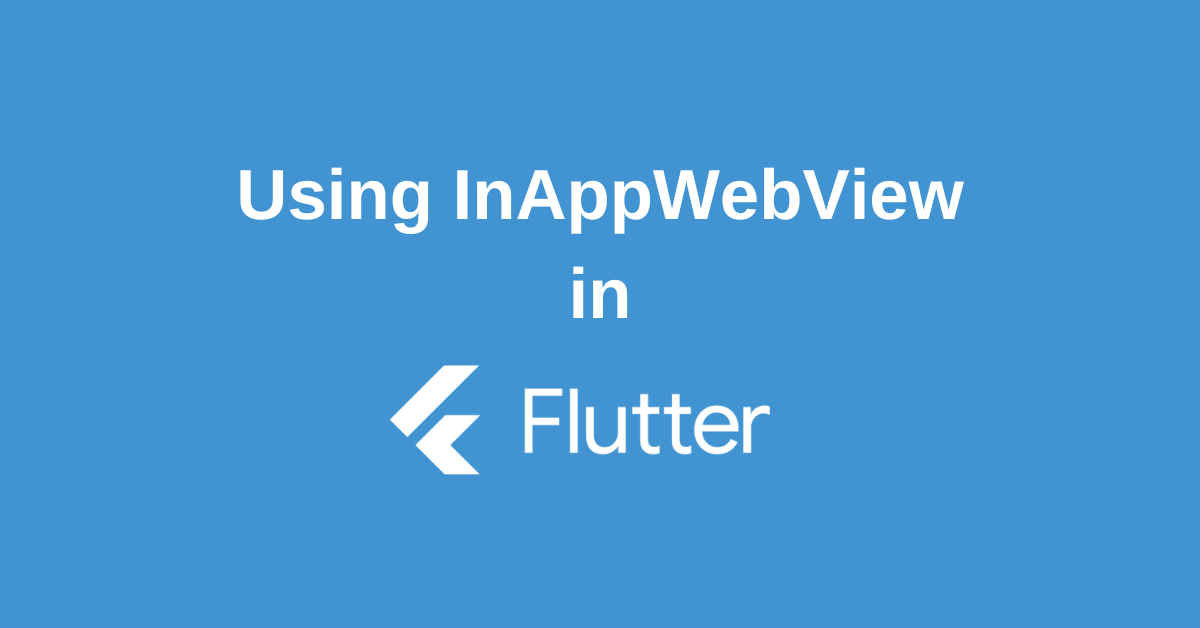In the ever-evolving mobile app landscape, integrating web content seamlessly within an app is becoming a crucial feature that developers need to master. Flutter, Google’s UI toolkit for building natively compiled applications, offers robust solutions for creating beautiful and high-performance apps. However, embedding web content smoothly and interactively within Flutter apps continues to demand advanced tools beyond the default capabilities. This is where the InAppWebView Flutter package shines, empowering developers to embed powerful web views with extensive customization, control, and performance.
Key Features and Benefits of InAppWebView Flutter
The standout advantage of using InAppWebView Flutter lies in its extensive customization options and control mechanisms:
- Full Control Over WebView Behavior: Developers can manage webview settings such as enabling or disabling JavaScript, caching policies, media playback options, and user-agent strings to tailor the browsing experience.
- Seamless Inline Integration: The webview appears as a natural part of the Flutter app’s widget hierarchy and can be styled or controlled like any other widget.
- Event Handling: It supports numerous events including page load start and finish, HTTP errors, console messages from JavaScript, download starts, and URL loading overrides, enabling responsive and dynamic interactions.
- Headless Mode: Developers can create web views that operate off-screen, useful for background content fetching or preloading web pages.
- Cookie and Cache Management: It provides singleton managers for handling cookies and web storage consistently across webview instances.
- Download and Upload Support: The plugin handles file downloads and uploads within the webview, improving user interactivity with web content.
- Context Menu Customization: Developers can define custom context menus within the webview for enhanced user experience.
How to Use InAppWebView Flutter: A Basic Example
Getting started with InAppWebView is straightforward. The widget behaves like any other Flutter widget and can be integrated easily into your app’s widget tree. Below is a simplified example of how to initialize an InAppWebView and control basic navigation actions like back, forward, and reload:
import 'package:flutter/material.dart';
import 'package:flutter_inappwebview/flutter_inappwebview.dart';
class WebViewExample extends StatefulWidget {
@override
_WebViewExampleState createState() => _WebViewExampleState();
}
class _WebViewExampleState extends State<WebViewExample> {
InAppWebViewController? webViewController;
String url = "";
double progress = 0;
@override
Widget build(BuildContext context) {
return Scaffold(
appBar: AppBar(title: Text('InAppWebView Example')),
body: Column(
children: [
Text("URL: $url"),
progress < 1.0 ? LinearProgressIndicator(value: progress) : Container(),
Expanded(
child: InAppWebView(
initialUrlRequest: URLRequest(url: Uri.parse("https://flutter.dev")),
onWebViewCreated: (controller) {
webViewController = controller;
},
onLoadStart: (controller, url) {
setState(() {
this.url = url.toString();
});
},
onLoadStop: (controller, url) {
setState(() {
this.url = url.toString();
});
},
onProgressChanged: (controller, progress) {
setState(() {
this.progress = progress / 100;
});
},
),
),
ButtonBar(
alignment: MainAxisAlignment.center,
children: [
ElevatedButton(
onPressed: () => webViewController?.goBack(),
child: Icon(Icons.arrow_back),
),
ElevatedButton(
onPressed: () => webViewController?.goForward(),
child: Icon(Icons.arrow_forward),
),
ElevatedButton(
onPressed: () => webViewController?.reload(),
child: Icon(Icons.refresh),
),
],
),
],
),
);
}
}This code demonstrates integrating a web page inside a Flutter app, where users can navigate and refresh the page smoothly.
Advanced Capabilities for Complex Use Cases
Beyond basic web embedding, InAppWebView Flutter supports advanced use cases:
- Cookie Management: Using the
CookieManagerclass, developers can access, clear, or modify cookies, ensuring session management and authentication flows work well. - Custom Context Menus: Define context menus in the webview to add options like copy, paste, or even custom actions linked to your app logic.
- Downloading Files: React to download events within the webview and handle files appropriately on the device.
- JavaScript Interaction: Execute JavaScript in the embedded web content and retrieve results, enabling dynamic content manipulation or communicating between Flutter and web pages.
- Handling Pop-ups and New Windows: Manage links that request opening new windows through dedicated events, enhancing user experience without leaving the app.
Such depth of control equips Flutter developers with the tools to build sophisticated, web-enabled mobile applications maintaining native look and feel.
Conclusion
For Flutter developers aiming to embed web content inside their apps, the InAppWebView Flutter package is an indispensable tool. It surpasses the default WebView widget by offering superior customization, extensive control, and seamless integration with the Flutter widget tree. From handling simple inline browsing to managing complex cookie policies, downloads, and JavaScript interactions, InAppWebView brings a versatile and powerful browser experience within reach.
Wanna Level up Your Flutter game? Then check out our ebook The Complete Guide to Flutter Developement where we teach you how to build production grade cross platform apps from scratch.Do check it out to completely Master Flutter framework from basic to advanced level.

